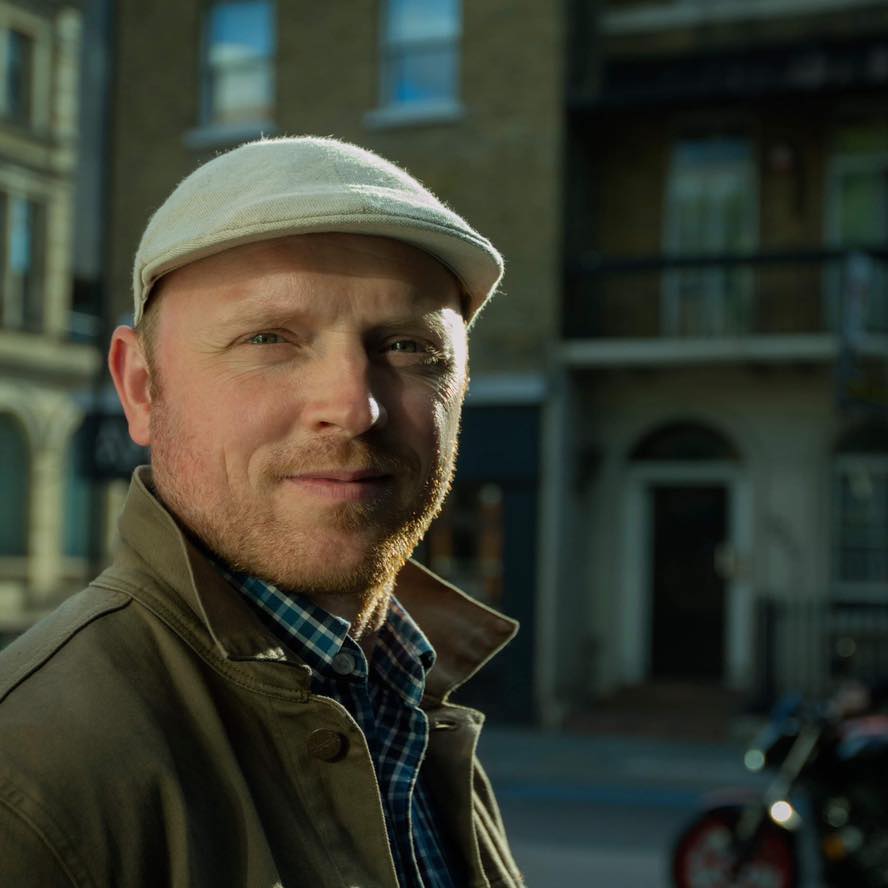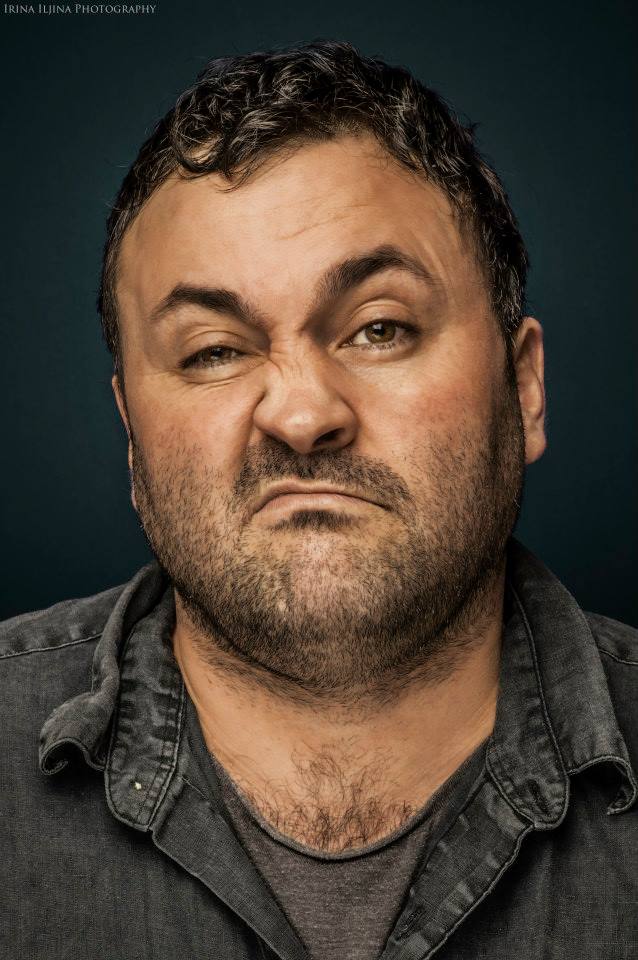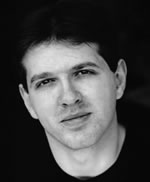ASK & DISCUSS
INDEXThe 24 vs 25 fps Eternal Dilemma
7 years, 8 months ago - Giulio Gobbetti
Hi everyone!
Here's my problem: so far I have always been shooting my projects in 25fps. I am based in London and the films I make cater mainly to the UK market, so that is definitely the best option.
However, next month I will be travelling to the Carribean to shoot a short doc. In theory, it is designed mainly for the UK market, as we are trying to get distribution here with a British broadcaster. BUT we are also aiming at festivals on both sides of the pond, and for both 24fps would be a good format. In addition to that, we are also thinking at distribution in the Caribbean, where they mostly run on 30fsp, and especially local TVs on the island where the film is shot.
As far as I know is probably easier to go from 24 to either 25 or 30, rather than from 25 to 30. I have done some research but I cannot come up with a conclusion on what framerate we should use for this project. What is your experience in this regard?
Thanks!
Only members can post or respond to topics. LOGIN
Not a member of SP? JOIN or FIND OUT MORE
7 years, 8 months ago - Madis Malgand
Hi Giulio,
It is always best to go with the 24fps, as it is the best for most delivery formats which include the DCP, Blu-ray, DVD. Although not entirely sure about the Caribbean, but the Digital TV broadcast allowing multiple frame rates also, it should be possible to transmit at 24fps. The other great benefit shooting at 24fps is that you'll be able to use progressive scan on all of those formats. Also when it comes down to DVD production, you'll be able to use NTSC formatted DVD at 23.976fps and it will play virtually in any player in any region (without the regional restrictions of course).
7 years, 8 months ago - John Lubran
I presume we’re talking about broadcast TV here? This used to be a more significant issue a decade ago but it really isn't so much now; but even back in the day, we used to have our PAL 25 projects converted to NTSC 30 without there being any problem. Importantly NTSC transcodes to PAL were not as good as the other way around. For Americans the issue has always been more important; for that reason even lower cost NTSC video cameras often had a 24 mode whereas similar PAL cameras didn't. It's also one of the reasons why US television programmes, even some pretty prosaic soap type shows, continued to be shot on film, even astonishingly, to the present day. Another reason is because NTSC, being a considerably older technology than PAL, is significantly inferior because of a number of technical issues, including relying on colour gating to mitigate faults that don't stand up so well to transcoding. Transcoding either way between 25 and 24 has long been easy peasy. In today's 4K digital world however things have improved a lot and as long as one avoids shooting on NTSC 30 for projects intended for multi region distribution it's not going to be a problem. Totally viable transcoding programmes are now even included within some lower budget edit packages.
7 years, 8 months ago - Giulio Gobbetti
Madis, John, thank you for your answers.
From what you both say it seems that staying on 24 should not create problems, but 25 is not that bad of an option either. I checked and since the (TV) broadcaster we are in touch wants the delivery converted from 24 to 25 I reckon that at this point we will shoot in 25fps, as we consider that to be our main objective for now.
Also, I am very fussy about editing and pace. As far as I understand (and correct me if I am wrong), bringing a timeline from 25 to 24fps will make the edit, even if imperceptibly, a tad longer and therefore the pace slightly slower, which I think would play best on a festival circuit rather than for broadcast.
Thank you again!
7 years, 8 months ago - Roland Denning
If you are thinking of theatrical exhibition, 24fps is safest. 24 is the standard for DCP and although the DCP spec does now include 25fps it is possible that some theatre systems have not been updated. For American TV transmission 29.97 is the standard.
Conversion between 25 and 24 does not necessarily involve a pace change - there are basically 2 ways of doing it. One is to use a standards convertor like an Alchemist or Teranex to maintain the same length and audio pitch or do a frame by frame conversion which does changes the running time and then adjust the audio pitch,. The first (my preference) introduces the possibility of visual artefacts, the second audio artefacts but in my experience modern standards convertor are pretty good and the visual artefacts minimal.
7 years, 8 months ago - Michael Sandiford
if your shooting in the Caribbean then your going to have to go with native standard anyway. frame rates are different due to the refresh herts of electricity in the region. If you shoot in 25fps there then you may end up with flickering footage.
7 years, 8 months ago - Michael Sandiford
Just to note thats flickering footage from electrical lights.
7 years, 8 months ago - Giulio Gobbetti
Thank you Roland. Alchemist/Teranex are pretty expensive technologies though, so I don't know how much a company would charge for the conversion. But maybe it is worth it.
Micheal, good point. The film will be mainly shot outdoors with natural light, but that's a very important thing to keep in mind. Would 24fps avoid that issue or for that I should shoot 30fps?
7 years, 8 months ago - John Lubran
Some Americans, when told that their NTSC 30 system was pretty much entirely crap, have responded by pointing out how our PAL 25 flickers; but as Michael points out it's only because of their domestic electrical system when viewing untranscoded PAL 25 in an artificially lit room that such an effect might be experienced. Whether or not filmed in natural light or on 24fps is irrelevant. The said flicker is experienced in NTSC land when playing a PAL DVD or play back in camera. How does one think so many PAL made TV shows are exported to great admiration in NTSC countries? There's ways and means to adapt for these things. The cost of using even top end equipment for the best transcoding from a finished master is usually a minor part of any reasonable budget. It is of course only the finished master that needs transcoding, not the rushes. Whilst the Caribbean is mostly NTSC 30 for broadcast transmission we can be assured that we can export to them without flicker after proper transcoding. If one is based and mostly operating in NTSC land then owning and producing with NTSC 30 kit might barely make sense, but if one is UK or Europe based to do so would be crazy. It’s worth noting that quite a few Americans buy PAL equipment for domestic production for quality reasons. PAL 25 is effectively the universal broadcast TV format, not NTSC 30. Issues of progressive scan are not a reason to shoot 24 either. The last professional format using interlaced was, to my knowledge, early HDV 1080i with the later models having switchable options that astonishingly included 540i, 1080i, 540p and 1080p in both 30 and 25. For US markets Sony added 24p as well.
There used to be a common refrain for remembering the abbreviations, NTSC ( Never Twice the Same Colour) and PAL (Pictures Always Lovely); very true too.
7 years, 8 months ago - Roland Denning
It is true that shooting 24fps (or 23.97) in artificial light in the UK, or shooting at 25 fps in artificial light can cause an unpleasant pulsing (not really a flicker), but this does not apply to all lights - it's mostly a problem with fluorescents and certain discharge lamps. I've shot a lot in the UK at 23.97 and in the US at 25 and it is a problem, but only had occasional problems. It is not a problem with domestic tungsten lights, film tungsten light or LEDs.
Although people still refer to PAL and NTSC in terms of frame rates, in terms of colour encoding they are not really relevant when it comes to digital TV - they relate only to the analogue world.
'PAL 25' is not a 'universal broadcast TV format'. The Americas (north and south) stick to 23.97, theatrical remains at 24fps.
7 years, 8 months ago - John Lubran
As I wrote in my original comment above. "In today's 4K digital world however things have improved a lot and as long as one avoids shooting on NTSC 30 (29.97) for projects intended for multi region distribution it's not going to be a problem" But yes I’ve still got one foot in the last decade, let alone the last century. I’ve just been told by my colleague that the last US broadcast transmission of 29.97 was 2015, though of course there’s still a lot of equipment shooting it.
These days just about any format can be converted to any other with a high degree of retained integrity if the original is good enough to provide the 'processing headroom'. Like Roland, we’ve also shot a lot of stuff in the USA and for international distribution including for the USA on PAL 25, both analogue Betacam SP, back in the day, and later with modern digital formats, using tungstens for the reasons Roland describes, and subsequently converting to 29.97 and now as I’ve just been advised also to 23.97 for NTSC lands, without any problems.
One can shoot on 24 , 23.976 or 25 for convenience and/or aesthetic taste. Just in case of confusion, 23.97 which is the current NTSC format designed for better compatibility with 29.97, ought not to be confused with the international 24fps theatrical projection standard. One ought to shoot on whatever format provides the look preferred in creating a master because if distribution is to include all platforms including theatrical and international broadcast, that film will need to be converted to other formats anyway. We’ve found 25fps to be the most common broadcast distribution format outside America with good transcoding response to any other, and of course most convenient for 25fps broadcast, which is the largest broadcast sector, in terms of population served, in the developed world with commercially viable audiences. Although Japan and much of Asia are bigger we Westerners consume almost nothing that’s produced there whilst exporting a great many productions to them that are produced on 25fps. I concede that now it’s become moot for me to suggest that mastering a production, other than for American parochial TV, on NTSC 30 (29.97) would be crazy, even if it is true!
7 years, 8 months ago - Roland Denning
Apologies John - there's an error in the above - I should have said 29.97 for American broadcast not 23.97 (that was a typo). I've shot 15 films for a Latin American broadcaster in the last two years, all at 29.97. All were shot here or in continental Europe and only occasionally was light pulsing/flicker a problem ( as I said, with certain types of discharge or fluorescents).
Decent standards conversions with devices like the Teranex can now be done at quite a reasonable price if you look around. I did a whole feature conversion from 25 to 24 (via Alchemist) and was very happy with the result.
7 years, 8 months ago - John Lubran
A useful typo as it happens Roland because 23.976 is indeed the new standard in the USA, Canada and in 2016 Mexico. I can imagine that way down south in Latin America they’ve yet to make the transition. It required a fairly demanding and synchronised change over I'm told. Domestic equipment compatibility with 23.97 was being prepared as 29.97 HD was being launched much earlier. The difference between 24 and 23.97 seems so tiny and yet apparently it does make a significant difference to both audio post and smooth motion for TV in American production. 24 is regarded as being more filmic because it makes that tiny bit of motion stagger that older people subliminally associate with the movies they grew up with at the cinema. Some research suggests that young people are not so impressed with the 'filmic' look and prefer the more realistic smooth motion of increasingly higher definition digital with the broad contrast and colour latitude almost that of 35mm film. It’s all just accelerating to the point where it becoming too fast for this old codger to keep up with. Fortunately it’s actually all getting easier and cheaper!
7 years, 8 months ago - Lance Patrick
Netflix only take projects that are 24fps if that's anything to go by.





